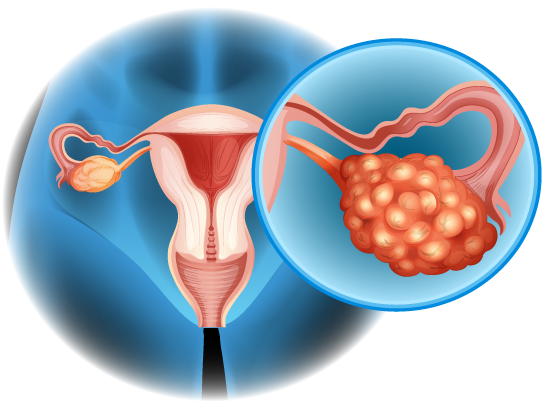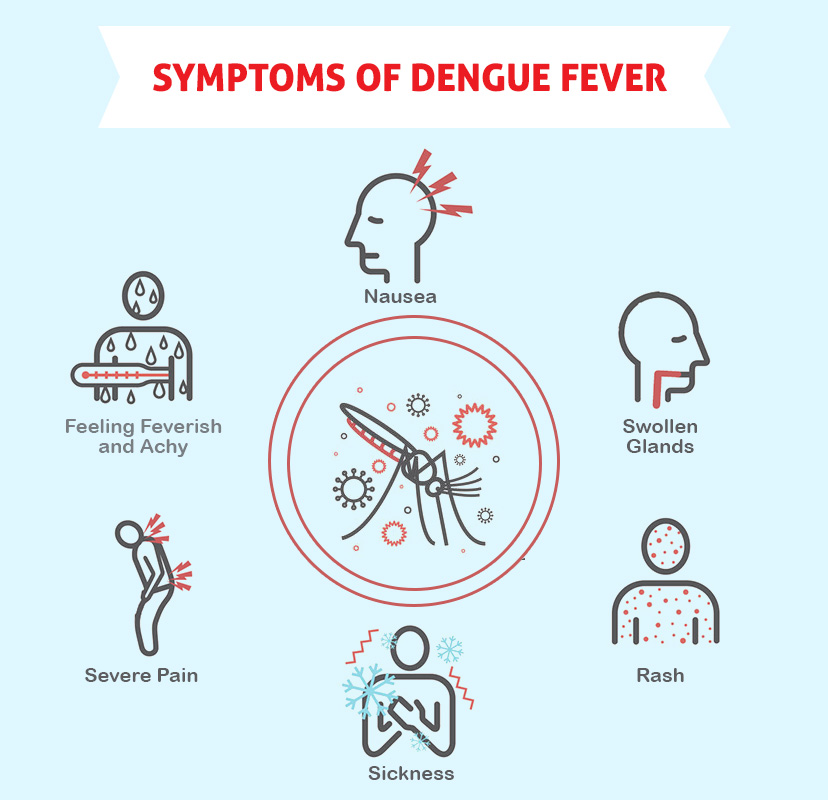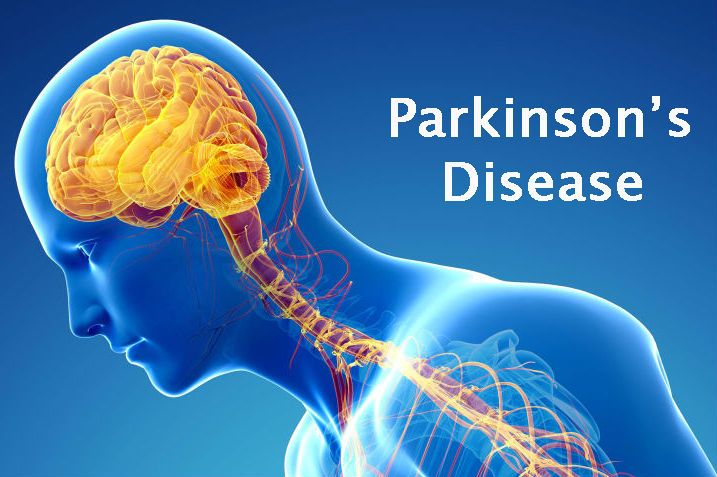What Causes Stretch Marks: Increase and loss of weight can cause stretch marks on the body, which do not look good. Know easy and effective ways to get rid of them. With right care and natural remedies, you can reduce stretch marks and make your skin beautiful and healthy. For more information watch our full video
What Causes Stretch Marks: Understanding, Prevention, and Treatment
Stretch marks, also known as striae, are a common skin concern affecting both men and women. These streaks or lines appear on the skin’s surface due to rapid stretching or shrinking of the skin. While they are harmless, stretch marks can be a source of cosmetic concern for many individuals. This comprehensive guide explores the causes of stretch marks, effective prevention methods, and various treatments to reduce their appearance. Additionally, it provides natural remedies and self-care tips to help maintain beautiful and healthy skin. For more in-depth information, watch our full video.
Understanding Stretch Marks
Stretch marks form in the dermis, the middle layer of the skin, which maintains its shape and elasticity. When the skin is stretched or contracted too quickly, the collagen and elastin fibers in the dermis can rupture. As the skin heals, stretch marks may appear. They often start as red or purple lines and gradually fade to white or silver over time.
Common Causes of Stretch Marks
- Rapid Weight Gain or Loss
One of the most common causes of stretch marks is significant weight fluctuations. Rapid weight gain can cause the skin to stretch quickly, while rapid weight loss can lead to the skin shrinking. Both scenarios can strain the skin’s elastic fibers, resulting in stretch marks.
- Pregnancy
Pregnancy is another leading cause of stretch marks, especially during the third trimester. The growing fetus causes the skin on the abdomen to stretch rapidly. Hormonal changes during pregnancy also play a role in the development of stretch marks by softening the ligaments in the pelvis, which can affect the skin’s elasticity.
- Puberty
During puberty, the body undergoes rapid growth spurts, which can cause the skin to stretch quickly. Adolescents may develop stretch marks on their breasts, hips, thighs, and buttocks.
- Genetics
Genetics can influence an individual’s likelihood of developing stretch marks. If a close family member, such as a parent, has stretch marks, there is a higher chance that you may develop them as well.
- Corticosteroid Use
Prolonged use of corticosteroid creams and lotions can decrease collagen levels in the skin, making it more susceptible to stretch marks. Collagen is essential for maintaining skin strength and elasticity.
- Bodybuilding
Bodybuilders may develop stretch marks due to the rapid increase in muscle mass. The skin stretches to accommodate the growing muscles, leading to the formation of stretch marks.
- Medical Conditions
Certain medical conditions, such as Cushing’s syndrome and Marfan syndrome, can cause stretch marks. Cushing’s syndrome results from high levels of cortisol, which can weaken the skin’s elastic fibers. Marfan syndrome is a genetic disorder that affects the body’s connective tissue, including the skin.
Prevention of Stretch Marks
While it may not be possible to completely prevent stretch marks, certain measures can help reduce the risk of developing them:
- Maintain a Healthy Weight
Avoid rapid weight gain or loss by maintaining a healthy and stable weight. Gradual weight changes allow the skin to adjust more easily, reducing the likelihood of stretch marks.
- Stay Hydrated
Hydrated skin is more elastic and less prone to stretching. Drink plenty of water throughout the day to keep your skin hydrated and healthy.
- Eat a Balanced Diet
A diet rich in vitamins and minerals supports skin health. Include foods high in vitamins A, C, and E, as well as zinc and silica, which promote collagen production and skin elasticity.
- Moisturize Regularly
Keep your skin moisturized to enhance its elasticity. Use creams and lotions containing ingredients like cocoa butter, shea butter, and hyaluronic acid. Apply them generously to areas prone to stretch marks, such as the abdomen, thighs, and breasts.
- Exercise Regularly
Regular exercise helps maintain a healthy weight and improves circulation, which can support skin health. Incorporate a mix of cardiovascular, strength, and flexibility exercises into your routine.
- Avoid Prolonged Use of Corticosteroids
If you need to use corticosteroid creams, use them sparingly and under the guidance of a healthcare professional. Prolonged use can weaken the skin and increase the risk of stretch marks.
Treatment of Stretch Marks
Several treatments can help reduce the appearance of stretch marks. While these treatments may not completely eliminate stretch marks, they can make them less noticeable:
- Topical Treatments
- Retinoid Creams: Prescription retinoid creams, such as tretinoin, can help rebuild collagen and improve the appearance of stretch marks. These creams are most effective on newer stretch marks.
- Hyaluronic Acid: Hyaluronic acid helps retain moisture and improve skin elasticity. Applying hyaluronic acid creams can reduce the appearance of stretch marks.
- Centella Asiatica: Centella Asiatica, also known as gotu kola, is an herb that promotes collagen production and skin healing. Creams containing Centella Asiatica can help reduce stretch marks.
- Microdermabrasion
Microdermabrasion is a non-invasive procedure that exfoliates the skin’s surface to promote cell regeneration. It can improve skin texture and reduce the appearance of stretch marks over time.
- Chemical Peels
Chemical peels involve applying a chemical solution to the skin to remove the outer layer and stimulate new skin growth. This treatment can improve the texture and appearance of stretch marks.
- Laser Therapy
Laser therapy is a popular treatment for stretch marks. Different types of lasers, such as fractional laser and pulsed dye laser, can stimulate collagen production and improve the skin’s texture. Multiple sessions may be required for optimal results.
- Microneedling
Microneedling involves using fine needles to create tiny punctures in the skin. This stimulates collagen production and improves skin texture. Microneedling can be effective for reducing stretch marks, especially when combined with topical treatments.
- Radiofrequency Therapy
Radiofrequency therapy uses radiofrequency energy to heat the skin and stimulate collagen production. This treatment can improve skin elasticity and reduce the appearance of stretch marks.
- Platelet-Rich Plasma (PRP) Therapy
PRP therapy involves injecting a concentration of the patient’s own platelets into the skin. The growth factors in PRP promote healing and collagen production, which can improve the appearance of stretch marks.
Natural Remedies for Stretch Marks
Several natural remedies can help reduce the appearance of stretch marks and improve skin health:
- Aloe Vera
Aloe vera is known for its healing properties. Apply fresh aloe vera gel to stretch marks and leave it on for 20-30 minutes before rinsing off. Regular use can help improve skin texture and reduce stretch marks.
- Coconut Oil
Coconut oil is rich in fatty acids and antioxidants that nourish the skin. Massage coconut oil onto stretch marks daily to keep the skin moisturized and improve its elasticity.
- Vitamin E Oil
Vitamin E is a powerful antioxidant that promotes skin healing. Apply vitamin E oil directly to stretch marks and massage it in to improve skin texture and reduce their appearance.
- Sugar Scrub
A homemade sugar scrub can exfoliate the skin and promote cell regeneration. Mix sugar with a few drops of lemon juice and coconut oil to create a paste. Gently scrub the affected areas for a few minutes before rinsing off.
- Shea Butter and Cocoa Butter
Both shea butter and cocoa butter are excellent moisturizers that can improve skin elasticity. Apply them to stretch marks daily to keep the skin hydrated and reduce their appearance.
- Castor Oil
Castor oil is known for its skin-healing properties. Massage castor oil onto stretch marks and cover the area with a cloth. Apply heat using a heating pad for 20-30 minutes to allow the oil to penetrate the skin.
- Lemon Juice
Lemon juice contains natural bleaching properties that can lighten stretch marks. Apply fresh lemon juice to the affected areas and leave it on for 10-15 minutes before rinsing off.
- Potato Juice
Potato juice contains vitamins and minerals that promote skin healing. Slice a potato and rub the slices on stretch marks. Leave the juice on for 10-15 minutes before rinsing off.
- Egg Whites
Egg whites are rich in proteins and amino acids that can help rejuvenate the skin. Whisk egg whites and apply them to stretch marks. Let them dry before rinsing off with water.
- Honey
Honey has moisturizing and healing properties. Apply a thin layer of honey to stretch marks and leave it on for 20-30 minutes before rinsing off.
Expert Tips for Healthy Skin
To maintain beautiful and healthy skin, follow these expert tips:
- Follow a Skincare Routine
Develop a consistent skincare routine that includes cleansing, moisturizing, and exfoliating. Use products suitable for your skin type and address specific concerns, such as stretch marks.
- Protect Your Skin from the Sun
UV rays can damage the skin and worsen the appearance of stretch marks. Wear sunscreen with at least SPF 30, and avoid excessive sun exposure.
- Stay Hydrated
Drink plenty of water to keep your skin hydrated from within. Hydrated skin is more elastic and less prone to stretch marks.
- Eat a Nutrient-Rich Diet
A balanced diet rich in vitamins and minerals supports skin health. Include fruits, vegetables, whole grains, lean proteins, and healthy fats in your diet.
- Exercise Regularly
Regular exercise improves circulation and promotes healthy skin. Incorporate a mix of cardiovascular, strength, and flexibility exercises into your routine.
- Get Enough Sleep
Adequate sleep is essential for skin repair and regeneration. Aim for 7-9 hours of quality sleep each night.










